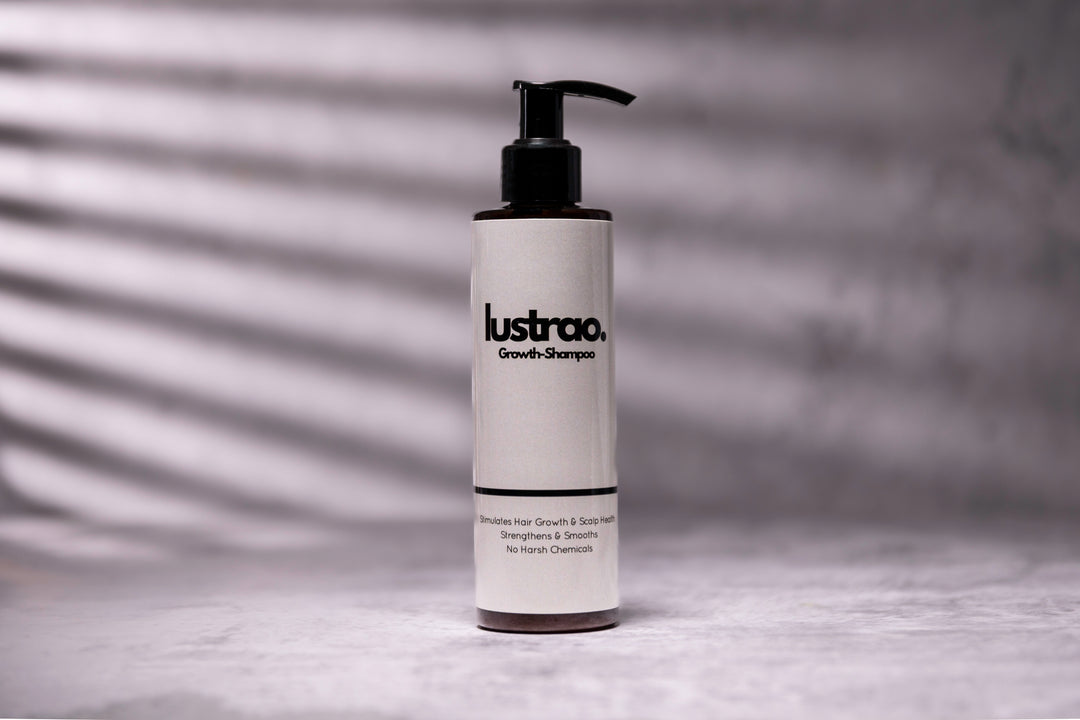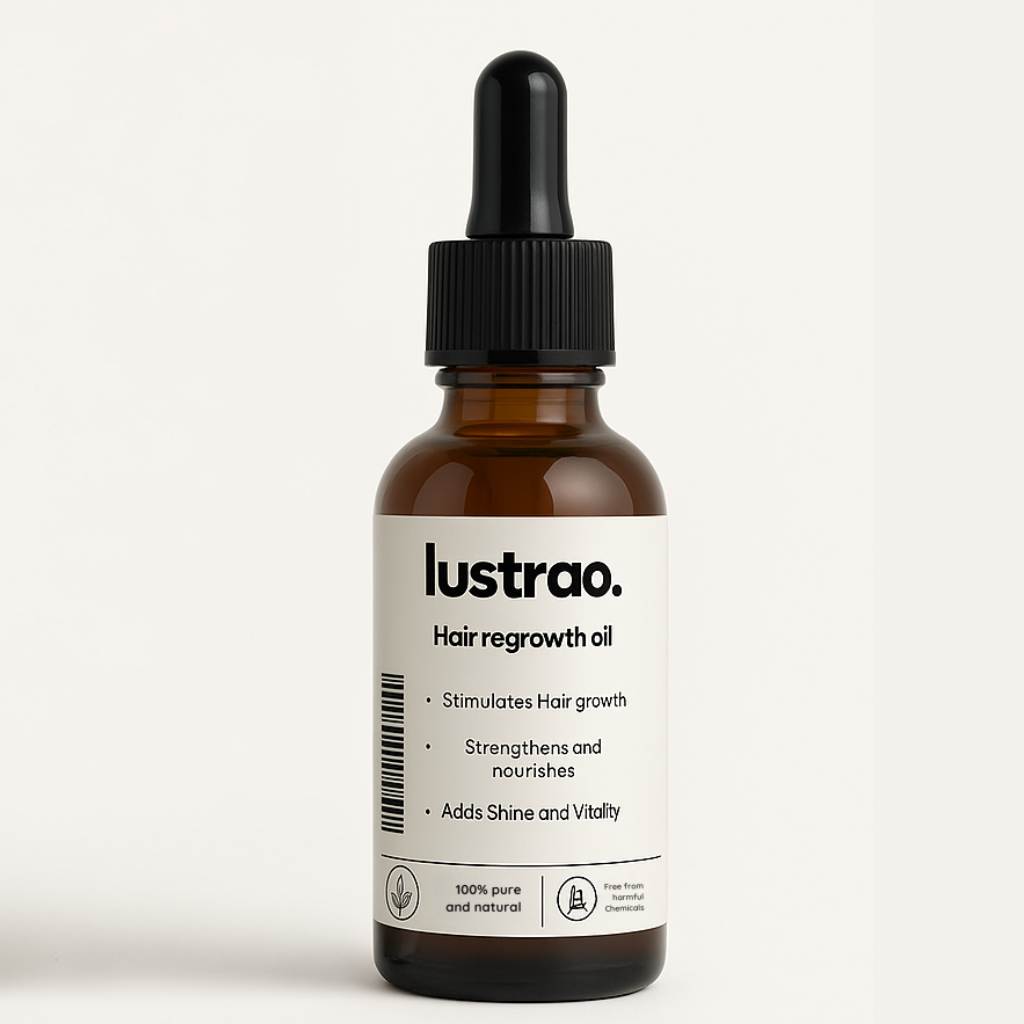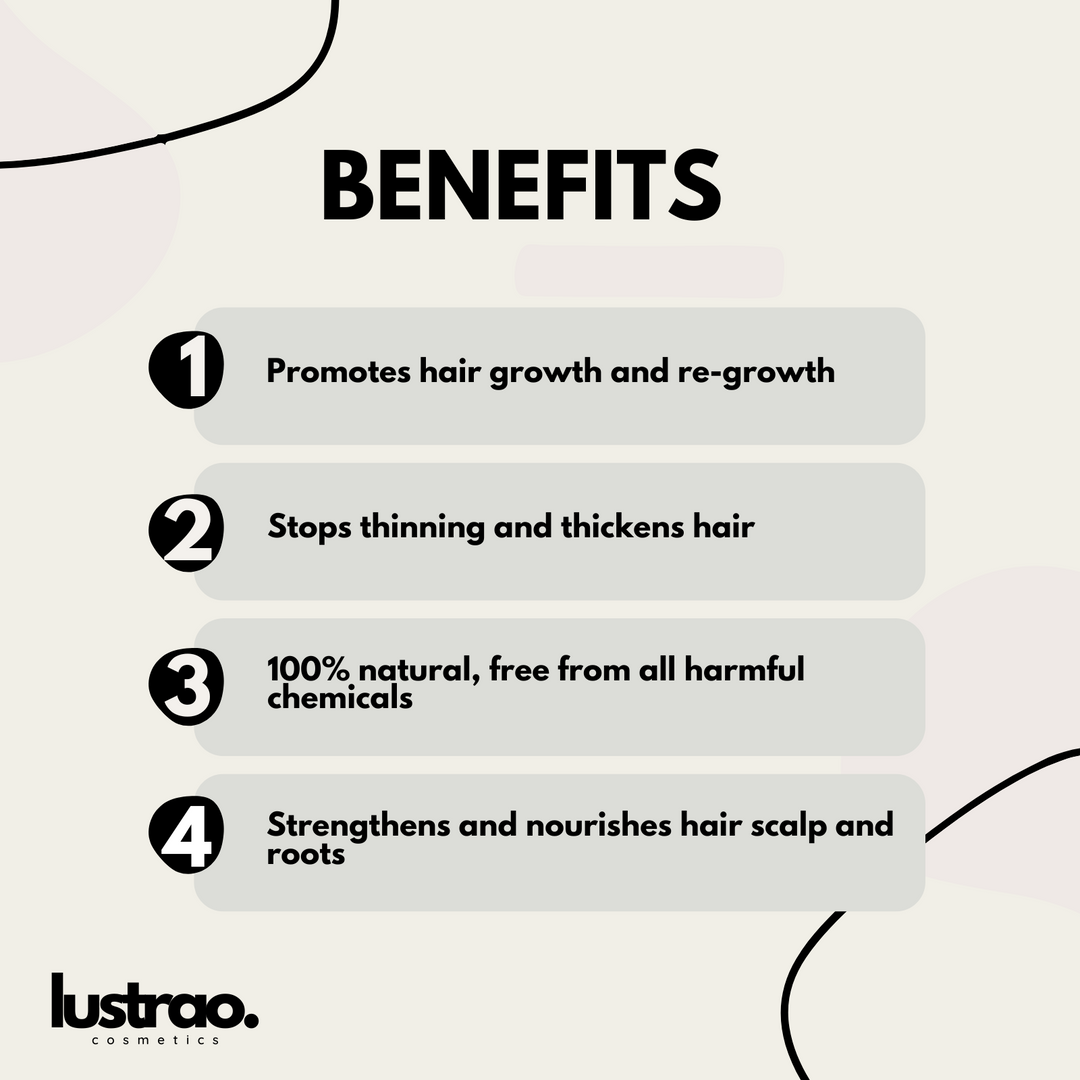
How Hormonal Imbalances Can Lead to Hair Loss (and What to Do)
Hair loss is a frustrating and emotionally charged issue for many people, but did you know that hormonal imbalances are one of the most common causes of hair loss? Your hormones play a key role in regulating the hair growth cycle, and even slight changes in hormone levels can lead to thinning hair, increased shedding, or even complete hair loss.
In this blog, we’ll dive into the science of how hormonal imbalances contribute to hair loss, explore the most common hormonal culprits, and provide actionable steps you can take to manage your hormones and maintain healthy hair.
Androgens are responsible for the development of male characteristics, but they are also present in females in smaller amounts. While androgens stimulate hair growth on the body and face, they can have the opposite effect on the scalp by shortening the growth phase and causing hair follicles to shrink. This process is particularly true for individuals who are genetically predisposed to androgen sensitivity, leading to androgenetic alopecia, also known as pattern baldness.
Besides androgens, other hormones like estrogen, progesterone, cortisol, and thyroid hormones are equally essential in maintaining a healthy hair growth cycle. Any imbalance in these hormones can result in hair thinning, excessive shedding, or alopecia.
Scientific studies support DHT's role in hair loss. One study published in the Journal of the American Academy of Dermatology found that high levels of DHT are associated with a greater risk of hair follicle miniaturization and hair thinning .
To learn more about DHT and its connection to hair loss, check out our in-depth article on Understanding DHT: The Hormone Behind Hair Loss.
According to research published in the International Journal of Trichology, about 25-30% of people with thyroid dysfunction report experiencing significant hair loss . Fortunately, hair loss due to thyroid imbalances is often reversible once thyroid hormone levels are corrected.
A study published in the Journal of Clinical Endocrinology & Metabolism found that elevated androgen levels in women with PCOS are linked to significant hair thinning on the scalp . Regulating androgen levels through medications, lifestyle changes, and diet can help reduce hair loss related to PCOS.
This condition is known as telogen effluvium, a temporary hair loss condition that usually resolves within six months to a year. For more detailed information, check out our article on Postpartum Hair Loss.
A study published in Experimental Dermatology showed a direct link between stress, elevated cortisol levels, and hair loss, emphasizing the importance of managing stress to maintain healthy hair .
To support your hair health, consider using Lustrao Hair Regrowth Oil, which contains scientifically backed ingredients like rosemary oil and peppermint oil. These oils are known to block DHT, improve scalp circulation, and create a healthier environment for hair growth.
For more information on hair loss solutions, explore our articles on DHT and Hair Loss, Rosemary Oil for Hair Growth, and Lustrao vs. Chemical Solutions.
In this blog, we’ll dive into the science of how hormonal imbalances contribute to hair loss, explore the most common hormonal culprits, and provide actionable steps you can take to manage your hormones and maintain healthy hair.
The Role of Hormones in Hair Growth
Hair grows in a cycle that includes three phases: the anagen (growth) phase, the catagen (transitional) phase, and the telogen (resting) phase. Hormones, especially androgens (like testosterone and dihydrotestosterone, or DHT), play a critical role in regulating this cycle.Androgens are responsible for the development of male characteristics, but they are also present in females in smaller amounts. While androgens stimulate hair growth on the body and face, they can have the opposite effect on the scalp by shortening the growth phase and causing hair follicles to shrink. This process is particularly true for individuals who are genetically predisposed to androgen sensitivity, leading to androgenetic alopecia, also known as pattern baldness.
Besides androgens, other hormones like estrogen, progesterone, cortisol, and thyroid hormones are equally essential in maintaining a healthy hair growth cycle. Any imbalance in these hormones can result in hair thinning, excessive shedding, or alopecia.
Common Hormonal Causes of Hair Loss
Several types of hormonal imbalances can contribute to hair loss. Here are the most common culprits:1. Dihydrotestosterone (DHT)
DHT is a powerful androgen formed from testosterone. When levels of DHT rise, especially in people genetically sensitive to it, hair follicles begin to shrink. Over time, this causes the hair to become finer, shorter, and eventually stop growing altogether. This is the primary cause of male and female pattern hair loss.Scientific studies support DHT's role in hair loss. One study published in the Journal of the American Academy of Dermatology found that high levels of DHT are associated with a greater risk of hair follicle miniaturization and hair thinning .
To learn more about DHT and its connection to hair loss, check out our in-depth article on Understanding DHT: The Hormone Behind Hair Loss.
2. Thyroid Hormone Imbalance
Both hypothyroidism (low thyroid function) and hyperthyroidism (overactive thyroid) can lead to hair loss. Thyroid hormones are vital for regulating the body's metabolism, including the growth rate of hair follicles. Imbalances in thyroid hormones disrupt this balance, leading to widespread hair thinning or hair loss. In people with hypothyroidism, the body’s metabolism slows down, causing hair follicles to prematurely enter the telogen phase.According to research published in the International Journal of Trichology, about 25-30% of people with thyroid dysfunction report experiencing significant hair loss . Fortunately, hair loss due to thyroid imbalances is often reversible once thyroid hormone levels are corrected.
3. Polycystic Ovary Syndrome (PCOS)
PCOS is a hormonal disorder common among women of reproductive age. It is characterized by an overproduction of androgens, including DHT. This increase in androgen levels can lead to male-pattern hair loss on the scalp, known as female pattern baldness, while paradoxically causing excessive hair growth on other parts of the body (hirsutism).A study published in the Journal of Clinical Endocrinology & Metabolism found that elevated androgen levels in women with PCOS are linked to significant hair thinning on the scalp . Regulating androgen levels through medications, lifestyle changes, and diet can help reduce hair loss related to PCOS.
4. Postpartum Hair Loss
Many women experience postpartum hair loss due to dramatic hormonal shifts after giving birth. During pregnancy, elevated levels of **estrogen** prolong the growth phase of hair, making it appear thicker and fuller. After delivery, estrogen levels drop rapidly, causing a large number of hair follicles to enter the resting phase simultaneously, leading to excessive shedding.This condition is known as telogen effluvium, a temporary hair loss condition that usually resolves within six months to a year. For more detailed information, check out our article on Postpartum Hair Loss.
5. Cortisol (Stress Hormone)
Chronic stress triggers the release of cortisol, the body’s primary stress hormone. Elevated cortisol levels disrupt the hair growth cycle, leading to hair shedding and thinning, a condition known as telogen effluvium. In stressful situations, the body prioritizes vital functions over non-essential processes like hair growth, which can lead to hair falling out more than usual.A study published in Experimental Dermatology showed a direct link between stress, elevated cortisol levels, and hair loss, emphasizing the importance of managing stress to maintain healthy hair .
What You Can Do About Hormonal Hair Loss
If you suspect hormonal imbalances are causing your hair loss, there are several steps you can take to address the issue.1. Get Tested
The first step is to get a comprehensive blood panel to check your hormone levels. Consult with a healthcare provider or endocrinologist to evaluate hormones such as DHT, thyroid hormones, and cortisol. Identifying the root cause of your hormonal imbalance is essential for developing an effective treatment plan.2. Regulate Hormones Naturally
Several natural remedies and lifestyle changes can help balance your hormones:- Adaptogenic herbs like ashwagandha and maca root can help lower cortisol levels.
- Consuming a balanced diet rich in healthy fats, like omega-3 fatty acids, can support healthy hormone production.
- Regular exercise and stress management techniques, such as meditation and yoga, can help regulate cortisol and support overall hormonal health.
To support your hair health, consider using Lustrao Hair Regrowth Oil, which contains scientifically backed ingredients like rosemary oil and peppermint oil. These oils are known to block DHT, improve scalp circulation, and create a healthier environment for hair growth.
3. Pharmaceutical Interventions
In some cases, medications may be necessary to regulate hormonal imbalances and prevent hair loss:- Minoxidil: This topical treatment increases blood flow to the scalp and promotes hair growth. However, it does not address hormonal causes of hair loss. You can read more about the side effects of minoxidil in our article on The Side Effects of Minoxidil.
- Finasteride and Dutasteride: These oral medications block the conversion of testosterone into DHT and are often prescribed to treat androgenetic alopecia. However, both have been associated with potential side effects, including sexual dysfunction. To learn more, check out our articles on the disadvantages of finasteride and the disadvantages of dutasteride.
FAQ: Hormonal Imbalances and Hair Loss
1. Can hormonal hair loss be reversed?
Yes, hormonal hair loss can often be reversed, especially if the underlying hormonal imbalance is treated. However, the success of treatment varies depending on the individual and the cause of the imbalance.2. How long does it take for hair to grow back after addressing hormonal imbalances?
Hair regrowth typically starts within three to six months after correcting the hormonal imbalance. Full regrowth can take up to a year, depending on the severity of the hair loss.3. Is DHT the only hormone responsible for hair loss?
No, while DHT is a major contributor to androgenetic alopecia, other hormones like cortisol, thyroid hormones, and estrogen also play important roles in hair health.4. Can birth control pills help with hormonal hair loss?
In some cases, birth control pills that contain estrogen and progesterone can help regulate androgen levels and reduce hair loss. However, they can also trigger hair loss in some women, depending on their hormonal sensitivity.5. Are there natural DHT blockers?
Yes, natural DHT blockers include rosemary oil, pumpkin seed oil, and saw palmetto. These ingredients can help reduce DHT levels on the scalp and promote hair growth. Lustrao Hair Regrowth Oil includes rosemary oil, a powerful natural DHT blocker.Conclusion
Hormonal imbalances are a leading cause of hair loss, but they don’t have to be permanent. By identifying the root cause, whether it’s DHT, thyroid imbalances, or elevated cortisol, you can take steps to restore hormonal balance and promote healthy hair growth. From natural remedies to medical interventions, there are solutions available to help you regain your hair and your confidence.For more information on hair loss solutions, explore our articles on DHT and Hair Loss, Rosemary Oil for Hair Growth, and Lustrao vs. Chemical Solutions.
Share







